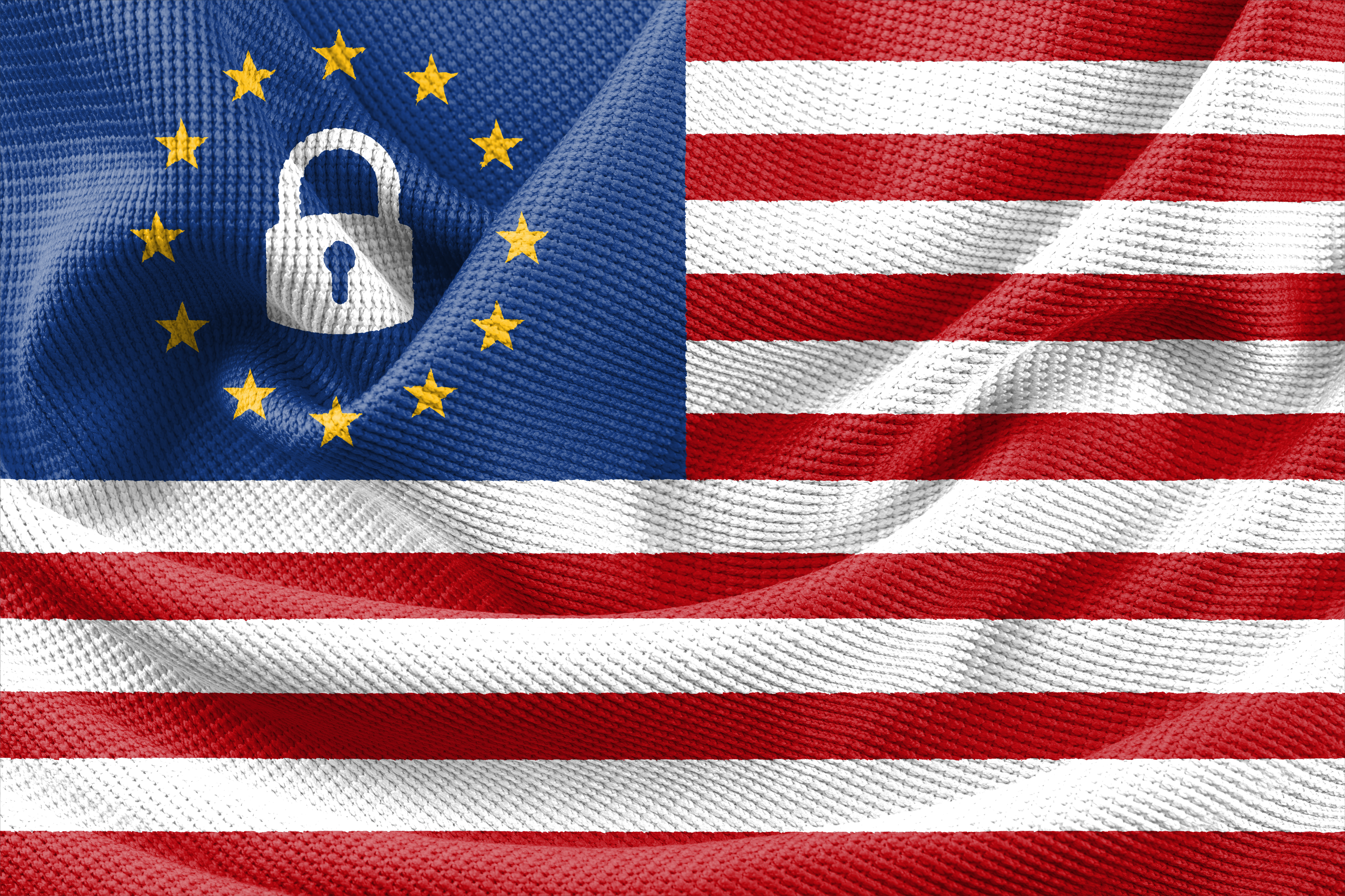The White House has extended the July 9, 2025, deadline for its “pause” on reciprocal tariffs. An Executive Order released on the evening of July 7 extends this deadline to August 1, 2025. The 10% reciprocal tariff rate on global imports will remain in force until that time except for items from Canada, Mexico, and China. Applicable reciprocal rates after August 1 may be higher, lower, or equal to those set in the “Liberation Day” announcement on April 2, 2025. New rates were publicly announced on July 7 for fourteen trading partners. Whether the Executive Branch holds authority to establish these rates under the International Emergency Economic Powers Act (“IEEPA”) remains subject to judicial review.
This client alert provides background on this reciprocal tariff regime, the current statuses of reciprocal tariffs, and expectations for supply chain planning in coming months.
How did the reciprocal tariff program begin?
The Trump 47 Administration (the “Administration”) announced its reciprocal tariff program on April 2, 2025. Imports from countries specifically identified in the announcement were subject to unique additional duty rates based upon the purported trade imbalance due to tariff and non-tariff trade barriers. Those duty rates originally ranged from 12% to nearly 50%. Imports from all other countries not specifically identified were subject to a 10% universal duty rate. The Administration “paused” application of the reciprocal rates in favor of the 10% universal duty rate on April 10, 2025, one day after the reciprocal rates were to take effect.
You can read our bulletin on those actions here. China was subject to higher reciprocal duties which increased until the US and China reached a trade deal that remains in effect through early August. You can read our bulletin on the US-China trade deal here.
What is the status of the reciprocal tariff program now?
The Executive Order issued on July 7 extends the “pause” on reciprocal tariff rates so that they will now take effect on August 1, 2025. The 10% universal rate in addition to all other duties continues to apply on imports from all countries except for Canada and Mexico. The 10% rate also applies to China following the establishment of the US-China trade deal, although those imports are also subject to additional duties programs including a 20% China-specific duty on all imports, no benefit of duty-free de minimis treatment, and 301 duties, on top of all other ordinary and AD/CV duties.
Fourteen countries also received letters from the Administration on July 7 modifying the specific reciprocal rates that will go into effect on August 1. Those include: Japan (25%), Korea (25%), South Africa (30%), Kazakhstan (25%), Laos (40%), Malaysia (25%), Myanmar (40%), Tunisia (25%), Bosnia and Herzegovina (30%), Indonesia (32%), Bangladesh (35%), Servia (35%), Cambodia (36%), and Thailand (36%). Additional country-specific announcements are expected. Modification to rates established under such letters remain possible.
What can companies that import or use imported items reasonably expect?
The newly-set August 1 date is key for supply chain planning and inventory management. Imports from countries that were originally included among the reciprocal tariff program announced on April 2 will see higher duties beyond the 10% universal tariff. More detail is expected as the Administration continues issuing letters and pursuing deals. A close look at the fourteen letters issued on July 7 shows a relative proximity between the rates established under those announcements and the rates originally announced in April.
For example, a 25% duty is set to apply to imports from Japan, Korea, Kazakhstan, Malaysia, and Tunisia. These rates do not vary meaningfully from the rates announced in April. A 30% duty will apply to imports from South Africa, and Bosnia and Herzegovina. This is a lowered rate of duty for Bosnia and Herzegovina. A 32% duty will apply to imports from Indonesia which is the same rate that was initially announced. A slightly reduced 35% duty will apply to imports from Bangladesh and Serbia. A 36% duty will apply to imports from Cambodia which is meaningfully lowered from the 49% rate initially announced. This rate also applies to imports from Thailand but does not reflect a meaningful duties reduction. A 40% duty will apply to imports from Laos, and Myanmar, which is lower than the amounts initially assessed against both countries.
Actual duty rates for imports from other countries after August 1 will depend on the negotiations that are reportedly ongoing. The Administration has announced trade deals with China and the UK to date. It is reportedly negotiating with the EU, India, South Korea, Thailand, and Vietnam. Lower duty rates are possible according to the Administration as are lower trade barriers for domestic exporters. Additional extensions in time are also conceivable. Any duty rate increases the landed cost of goods to domestic importers absent price negotiation with suppliers or alternate lawful models for sourcing or production.
These developments arise during appellate review of Executive Branch authority. Reciprocal duty rates were established in part under the IEEPA by citing a national emergency related to global trade imbalances. On May 28, 2025, the Court of International Trade ruled that IEEPA applies only when an “unusual and extraordinary” threat to the US exists. You can read our bulletin on that decision here. The US District Court for the District of Columbia ruled that the tariffs were unlawful as well. There is no immediate change in application of the reciprocal tariff program while the Executive Branch’s use of IEEPA is under review.
Benesch client alerts and legal publications are available for you to receive by signing up HERE.
Jonathan R. Todd is a Partner with Benesch. He may be reached by telephone at 216.363.4658 or by e-mail at jtodd@beneschalw.com.
Megan K. MacCallum is a Managing Associate with Benesch. She may be reached by telephone at 216.363.4658 or by e-mail at mmaccallum@beneschlaw.com.
